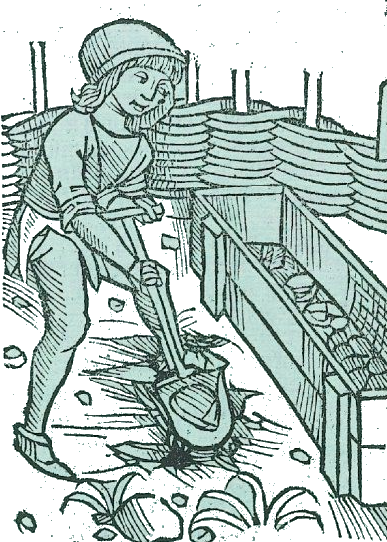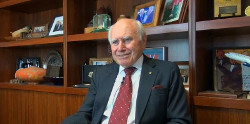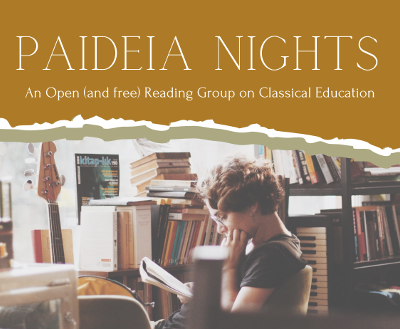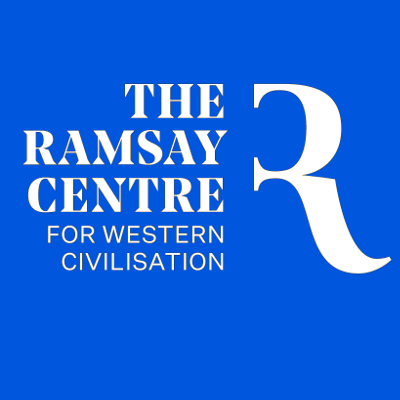Classical education has witnessed incredible contemporary growth in the United States. This movement has been driven by two distinct phenomena: a bourgeoning local, independent school sector (frequently tied to a Christian religious denomination) and a rich homeschooling tradition. The common factor in both, which I consider significantly accounts for their success, is that they are grassroots initiatives. American classical schooling relies on a dedicated mass of parents who turn to teaching themselves or are willing to forgo some expense to ensure their children receive the best form of education because they believe the current model is seriously deficient. These parents have read books, studied, raised funds and banded together to promote their interests and those of their families.
For the most part, our approach in Australia so far has lacked this dimension. It is principally a top-down movement: as teachers and business people, we have attempted to establish classical learning institutions and then attract students and parents to them, from whom there has been little demand for educational change. While there is doubtlessly a place for this way of doing things, we will be hampered if we don’t alter this perception. An important primary task, therefore, is to do the “Marxist thing” and raise the consciousness of parents and young people by critiquing the progressive model, highlighting its flaws and limitations. A secondary aspect, though also very important, is to provide a preferable alternative by communicating a vision that connects classical education with what parents and students value: the inculcation of virtue; holistic and integrated learning focused on the liberal arts; religious faith and tradition; the greatness of the Western canon; and so on. These aims involve getting down to earth.
How can we do this?
Firstly, we must get in touch with local communities. Although suburban schools are an option, their likely perception of classical education as a threat might inhibit our gaining any traction there. A better bet is to go to Christian parishes or other religious institutions, especially those unaffiliated with established schools or the current system. Here, there might be an opportunity to speak with congregants after services, hand out brochures, and answer questions. A more formal meeting could also be arranged to give a detailed presentation. Other community groups (including councils) should not be neglected, as this could be an ideal means of building a groundswell.
Secondly, homeschooling is another avenue to turn our attention to. Certainly, it is not as popular in Australia as it is in the US and is generally a dispersed means of learning found in more rural areas. Nevertheless, it would be remiss not to tap into this potential market. Recent studies have shown that homeschooling is exploding in this country: there has been a 105% increase over the past eight years, with a 9.4% annual growth rate, a trend that has been accelerated by covid (https://hslda.org/post/australia-homeschooling-trends-over-the-last-decade). This means that during the next decade, around 150,000 new students will be homeschooled, and – if the family population is even slightly similar to their American counterparts – will be open, and perhaps inclined, to classical education. To this end, it is worthwhile contacting homeschooling associations and working with them to promote classical learning. While it may be difficult to draw homeschooling students together into an onsite school, there could be online learning alternatives provided for remote communities.
Now, some might criticise this very grassroots element of classical education for lacking “professionalism”, central control over definitions and curricula, and contributing to the small-scale nature of the movement. To this objection, I would like to quote Peter Kreeft’s astute response: “Classical education is implemented mainly in small schools, not big ones. This is true, and it’s another plus rather than a minus. ‘Small is beautiful.’ The bigger the school, the more standardised it has to be and the more the person tends to get lost in the system and get identified with his or her race, economic class, gender, sexual orientation, of [sic] political party” (https://chestertonorlando.com/answering-8-objections-to-classical-education/).
It is unlikely that classical education in Australia will flourish without getting to the grassroots. Not only do we need to weed out competing educational and anthropological ideologies, but we must plant in their place the seeds for classical learning. Sowing such seeds from on high will be a very hit-and-miss strategy, so it will prove more profitable (as it has in the US) to dig seeds into deep furrows to convert the grassroots. By getting on our knees with local communities we may yet raise up classical education in this country. Multis e gentibus vires.







